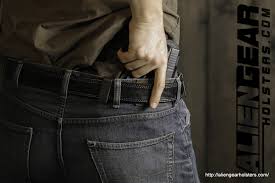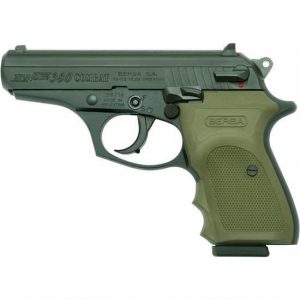Best Concealed Carry Calibers
Gun owners will rarely agree on the best caliber to use for concealed carry guns. Obviously, the type of gun will dictate, to a degree, what type of ammunition you will use. The type of weapon and ammunition will also depend on your level of experience.
Training
Novice shooters should complete a training course before shooting or buying any gun or ammunition. Range practice will guide you to choose the right gun and ammo for your unique situation. Instructors can help you decide which ammunition is comfortable for you to shoot, given power and recoil. The instructor will also help you to decide which type of ammo would work best in situations you may encounter. Most people carry concealed for personal protection. You should ask yourself why you want to carry concealed. The answers to those questions will help you choose between a .22, 9mm, .380, .357 or a many other choices.
Choosing the Best Caliber
Shooters choose the following calibers most often for concealed carry: .22LR, .357 Magnum, .38 Special, .380 ACP, .40 S&W, .45 ACP, and 9mm. Each
.22 LR
The .22LR is a light round that many argue isn’t powerful enough for concealed carry. However, that’s not always true, especially if your aim is to scare off an intruder.
.357 Magnum
Munitions makers designed the .357 Magnum by adding more powder into the case of a .38 caliber. Law enforcement liked the round and it became a go-to for defensive shooting.
.380 ACP
The .380 ACP is a shorter version of a 9mm round. The ammo has light recoil and sufficient stopping power for this purpose.
.40 S&W
The .40 S&W was created by shortening a 10mm cartridge as well as reducing the powder charge. The round is larger than a 9mm, but it can fit in a pistol designed for 9mm. The round, a good choice for self-defense and concealed carry, remains a popular choice for law enforcement and civilians.
.45 ACP
Gun enthusiasts love the .45 ACP. Its incredible stopping power has made it popular with the military, law enforcement and those that want to carry a large caliber for protection. The only downside is it muzzle flash and recoil, which are still manageable for the right user.
9mm
The 9mm Parabellum is the most used ammunition cartridge in the world. Police and military use it for most pistol applications. It has good stopping power and is readily available from most manufacturers.
Conclusion
Shooters should educate themselves not only on the caliber of a round but also the various types of ammunition that are made for each. These include full metal jacket, hollowpoint, and soft hollowpoint, among others. You must discover which caliber is best suited for your use, is the most practical and most affordable. Once you do that, you will enjoy your weapon for many years to come.


